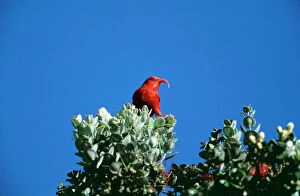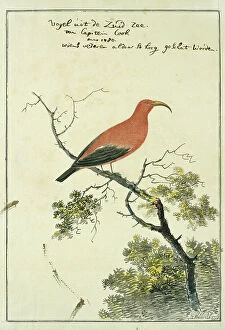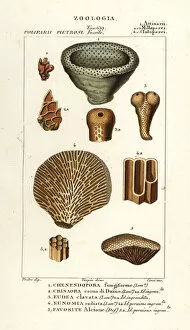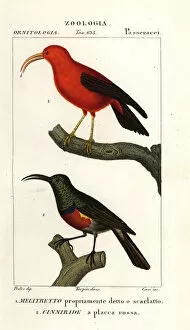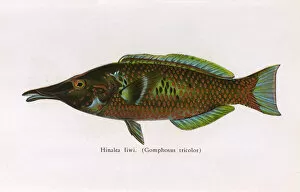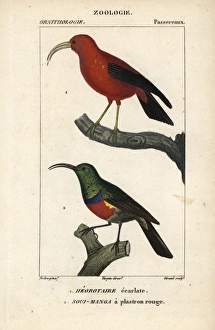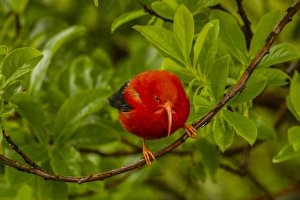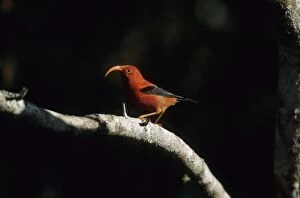Iiwi Collection
The iiwi bird, also known as the Hawaiian honeycreeper, is a stunning endemic species found on the Big Island of Hawaii
All Professionally Made to Order for Quick Shipping
The iiwi bird, also known as the Hawaiian honeycreeper, is a stunning endemic species found on the Big Island of Hawaii. With its vibrant red feathers and unique curved bill, it is truly a sight to behold. This beautiful bird can often be spotted perched on ohia trees in the Hakalau Forest National Wildlife Refuge. The iiwi's bright plumage makes it easily distinguishable from other birds, such as the greater double-collared sunbird. These two species may share similarities in appearance but are actually quite different. Fossils of extinct coral have provided valuable insights into the history of the iiwi and its evolution over time, and is fascinating to see how this bird has adapted to its environment and become an integral part of Hawaii's ecosystem. One cannot help but marvel at the Hinalea Iiwi fish found in Hawaiian waters. Just like their avian counterparts, these fishes showcase vibrant colors that add beauty to their surroundings. Observing an iiwi feeding on Ocala or flowers is a true delight. The way they delicately sip nectar or search for insects demonstrates their specialized feeding habits, and is crucial that we protect and preserve habitats like Hakalau Forest National Wildlife Refuge so that future generations can continue to witness these incredible creatures in their natural habitat. The iiwi serves as a reminder of Hawaii's unique biodiversity and should inspire us all to appreciate and conserve our natural world.

